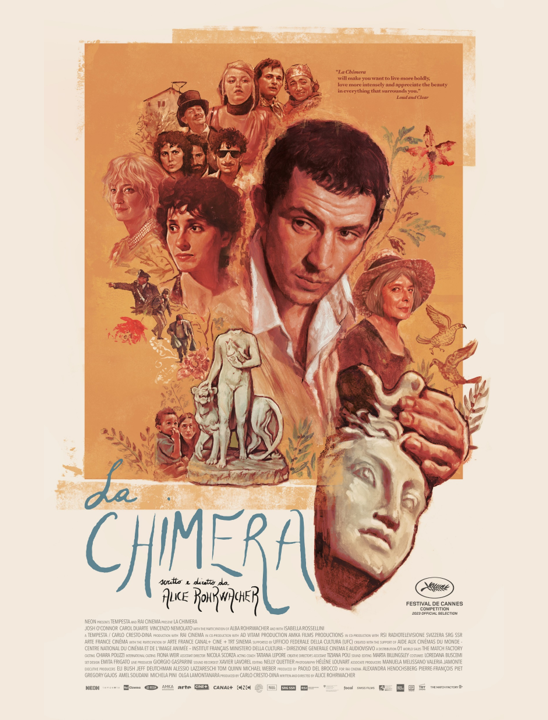




| Director | Carla Simón |
|---|---|
| Country | Spain |
| Year | 2017 |
Summer 1993 marks the debut feature by Catalan writer-director Carla Simon, drawing intimately on her own childhood experience of losing both parents to AIDS. It premiered at the Berlin International Film Festival (2017), where it won the Grand Prix of the Generation Kplus International Jury and took Best First Feature. The film also earned major accolades in Spain—including Best New Director, Best Screenplay, and supporting acting awards at the Goyas and Gaudí ceremonies. Spain submitted it for Best Foreign Language Film at the 2018 Academy Awards.
Six-year-old Frida (Laia Artigas) is uprooted from her home in Barcelona following her parents’ deaths, sent to spend the summer with her aunt, uncle, and cousin in rural Catalonia. Initially quiet, distant, and emotionally opaque, she struggles to process her loss while adapting to the pastoral world of chickens, forests, and festivals. Her grief oscillates between a yearning for normal childhood play and overwhelming sorrow, manifesting in acts like presenting cigarettes as gifts for her deceased mother or demanding the car pull over to fix her hair—a blend of innocence and unbearable loneliness. Over time, Frida tentatively connects with her new family, but the film resists tidy resolution, instead locating its emotional depth in lived, lingering presence.
Laia Artigas delivers an extraordinary, naturalistic debut as Frida. Her emotions emerge through physical expressions—pensiveness, mischief, sudden tears—rather than dialogue, making the interior life of a grieving child profoundly vivid. Bruna Cusí (Aunt Marga) and David Verdaguer (Uncle Esteve) embody gentle, searching guardianship—balancing compassion with the limits of familial understanding. Young Paula Robles as Frida’s cousin, Anna, brings authenticity and playfulness, allowing Frida to momentarily inhabit a different role—sometimes mother, sometimes rival—adding emotional complexity through their unpredictable bond.
This is not a drama about AIDS—it is an intimate portrait of grief filtered through childhood, its opacity and contradictions. Frida’s emotional immaturity underlies moments of profound truth—when she prays to the Virgin Mary, offering cigarettes and dresses she imagines will reach her absent mother, or when she misbehaves to provoke a reaction, desperate for connection.
Simon’s tone is subtle yet emotionally rich. The film’s pacing is languid, evoking the stretched-out summers of childhood—days alternating between boredom, play, and sudden emotional ruptures. The grief is quietly devastating, unornamented—a slow ache rather than melodramatic catharsis.
Cinematographer Santiago Racaj frames the world from Frida’s eye level. Adults loom outside the frame; environments—vegetable gardens, forests, butchers’ shops—become fresh and disorienting vignettes of her inner perception.
The film unfolds episodically, with scenes captured as memories of emotional texture rather than narrative points—summer camps, meals, rituals, teasing, shrines. Its approach resembles a memory without neat closure, culminating in a tender moment of release when Frida can finally cry amid laughter with her new family.
Summer 1993 belongs to a wave of authentic childhood dramas—like Carax’s Cría cuervos—that allow grief to exist without explanation. It highlights adoptee and orphan perspectives—those who must reconcile loss with the urgent desire to belong. Its fine-grained realism heralds a new generation of autonomous Spanish language filmmaking, blending the political and deeply personal.
Summer 1993 is cinema that awaits on tiptoe: quiet, looking, listening, allowing us to inhabit a child’s grief without sentimentality. Carla Simon’s directorial eye gives us a world that feels textured, real, and emotionally unedited. Frida’s fractured journey—of yearning, acting out, learning to trust—echoes long after the credits. It is a masterclass in empathetic, minimalist storytelling: heartbreaking and life-affirming in equal measure.
In an effort to reduce our paper usage, we stopped offering printed copies of our popular Film Notes at our screenings.
Instead, we are encouraging our members to read the Film Notes online. For those who wish to do so, it is still possible to print these pages prior to the film.
Alternatively, if you want to read the notes just before or just after the film, and also minimise your paper consumption, then you can scan the QR code to your phone and then download the webpage.
